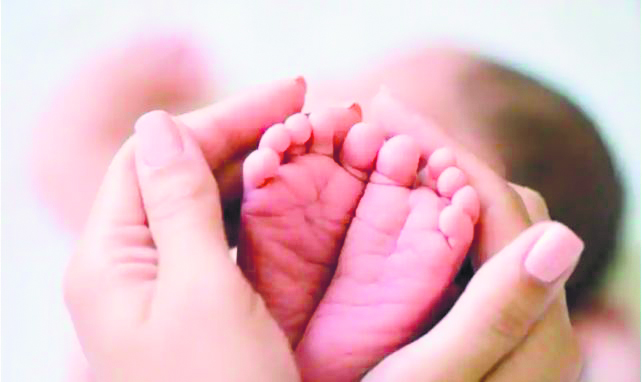In 2023, nine out of Haryana’s 22 districts observed a decline in the sex ratio at birth (SRB), indicating a lower number of girls born per 1,000 boys. Despite the state’s overall SRB holding steady at 916 (compared to the national SRB of 933), the northern and central districts, including Sirsa, Fatehabad, Sonipat, Yamunanagar, Hisar, Bhiwani, Rohtak, Jind, and Charkhi Dadri, experienced a decrease in the number of newborn girls.
Gurgaon, on the other hand, recorded a rise — from 925 in 2022 to 928 in 2023. The gap between boys and girls in Haryana had been a cause for concern since 2011, when the Census showed that the state’s sex ratio at birth of 834 was the lowest in the country. This led to the state launching a stringent crackdown against female foeticide. In 2015, it launched ‘Beti Bachao, Beti Padhao’ with the Centre’s support to bring about social change.
The campaign has shown results. From 876 that year, the state’s sex ratio at birth climbed to 900 in 2016, followed by 914 the next year. It remained the same in 2018 but improved to 923 in 2019. After that, it saw a dip again — from 922 in 2020 to 914 in 2021. At 916, the SRB showed a slight improvement in 2022 and continued to stay in the same mark last year as well.
Meanwhile, Gurgaon’s 2023 SRB is the highest it has achieved till now. The health department said it has been carrying out awareness drives regularly, especially in rural areas.
“We have identified five villages where the SRB is below 900 — Jharsa, Pataudi, Abhaypur, Raipur and Mohammadpur. We will be working in a more focused manner in these villages in the coming months to improve the sex ratio. We have also been conducting regular raids on clinics illegally carrying out sex determination tests. Last year, a total of 17 cases were filed under the Pre-Conception and Pre-Natal Diagnostic Techniques (PC-PNDT) Act. Our teams have searched such clinics in Delhi, Rajasthan and even Uttar Pradesh. Doctors and health officials are spreading awareness among people too,” chief medical officer Virender Yadav said.
Government data reveals that over the last five years, approximately 2,387 raids were executed on clinics conducting sex determination tests within the state. Out of these, 487 raids occurred in other states. Haryana witnessed the registration of 1,376 FIRs related to sex determination and the utilization of medical termination of pregnancy kits.
Health officials said the department held a meeting of nodal officers from all districts last month and sought updates on the SRB.
“A downward trend has been observed in a few districts, which is a cause for concern. We will conduct a detailed survey in the coming months to understand why the SRB in some areas is still below 900,” a senior official said.
Enhancing the teams operating at the grassroots level is deemed essential by experts to enhance the sex ratio. “The government should reinforce the PCPNDT Act and take stringent legal measures against unauthorized abortions. Vital to this effort are awareness campaigns, and it is crucial to conduct and regularly monitor such programs for progress,” stated DV Sahran, former director (health services), Haryana.























